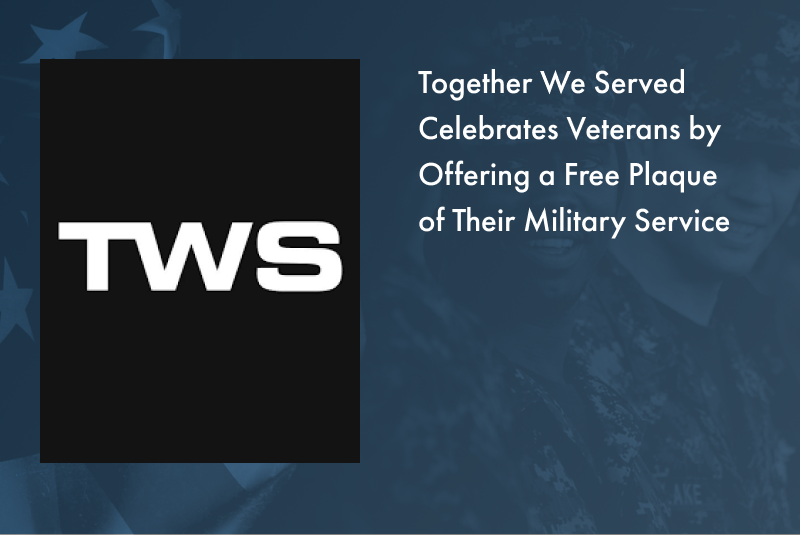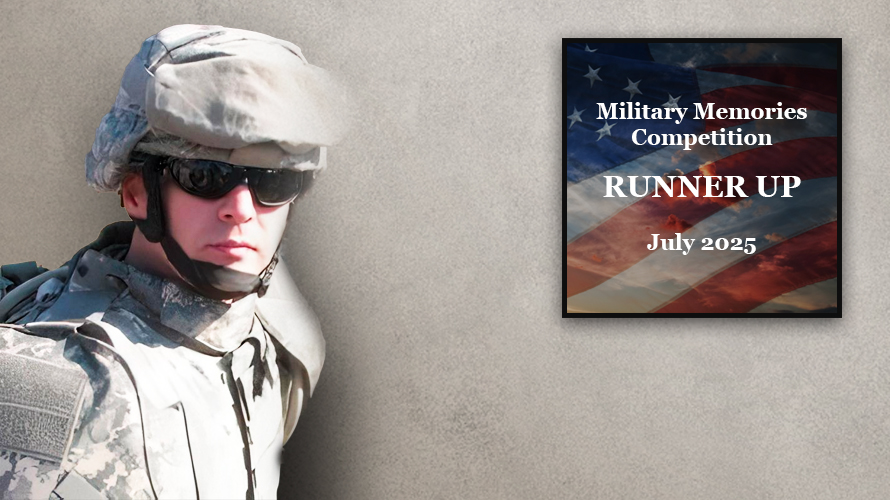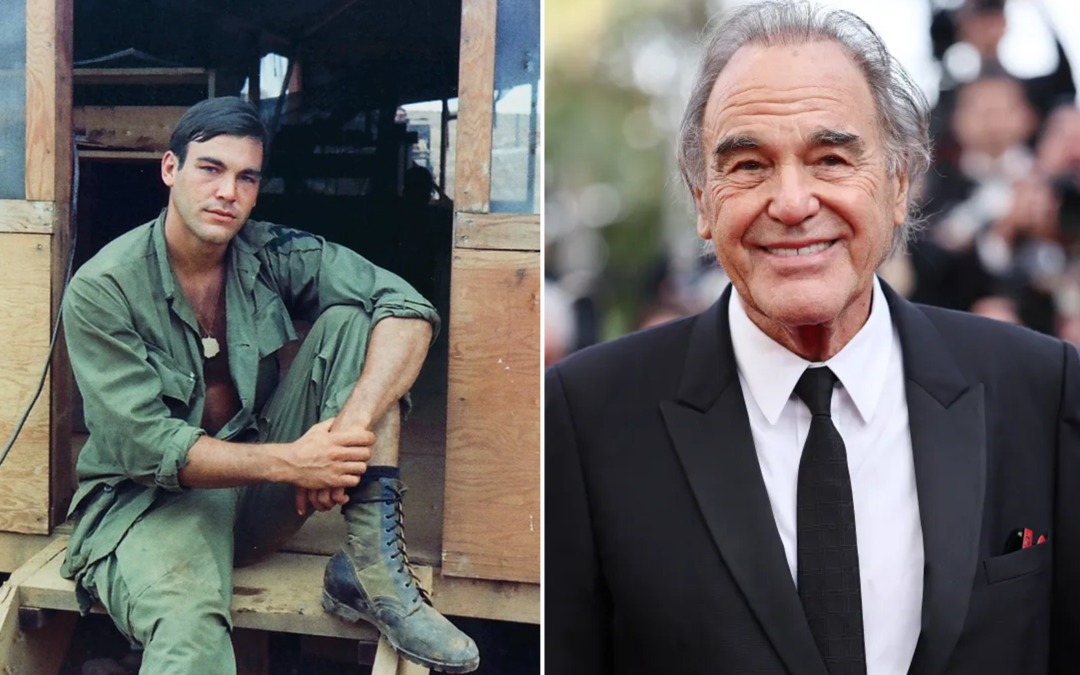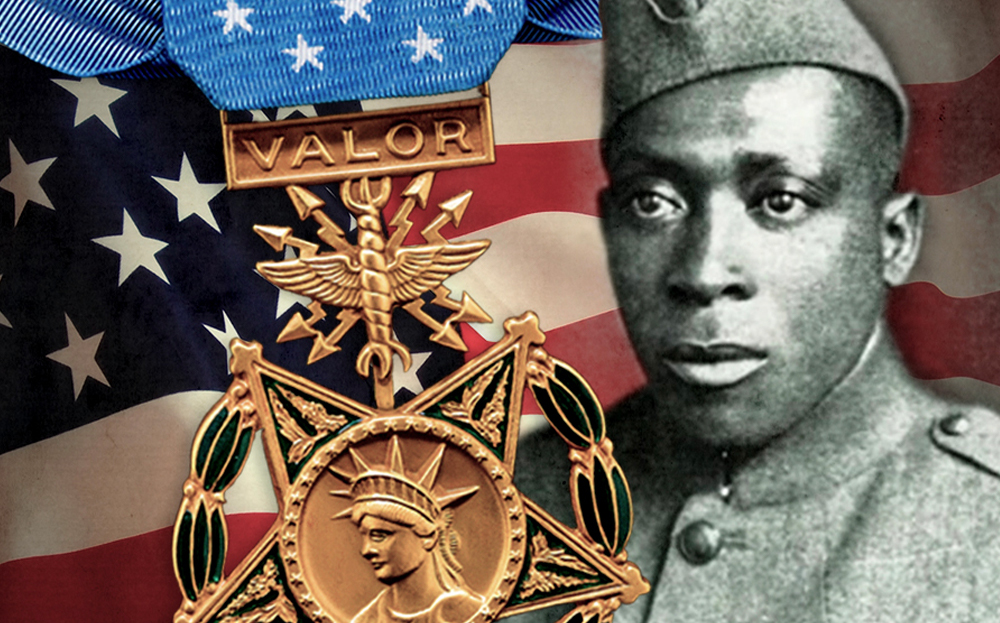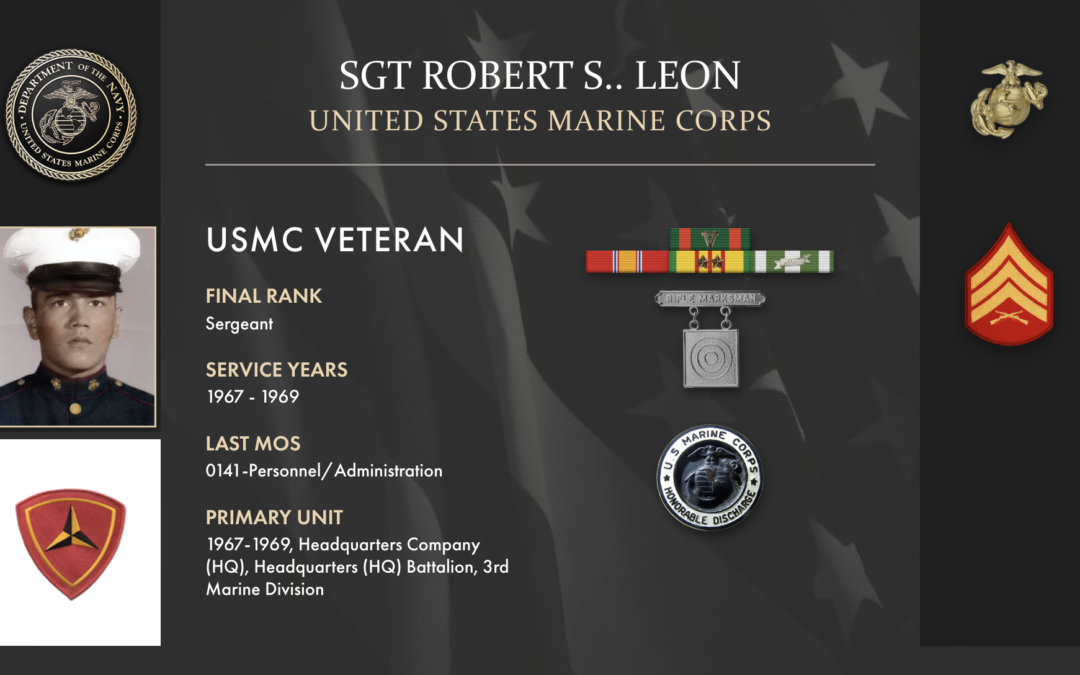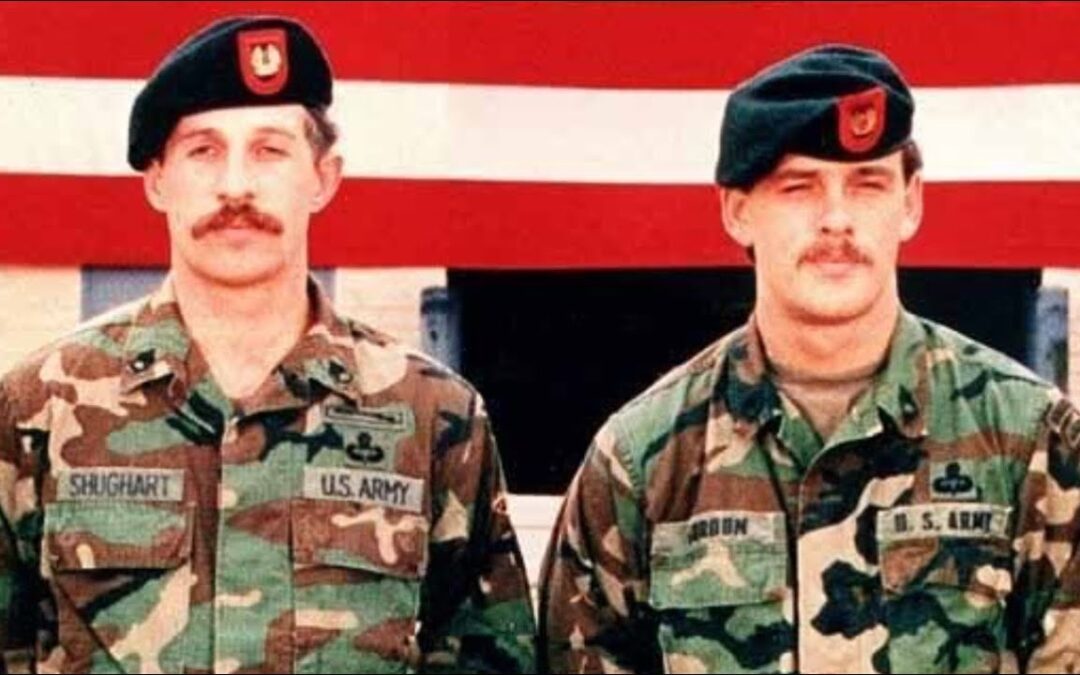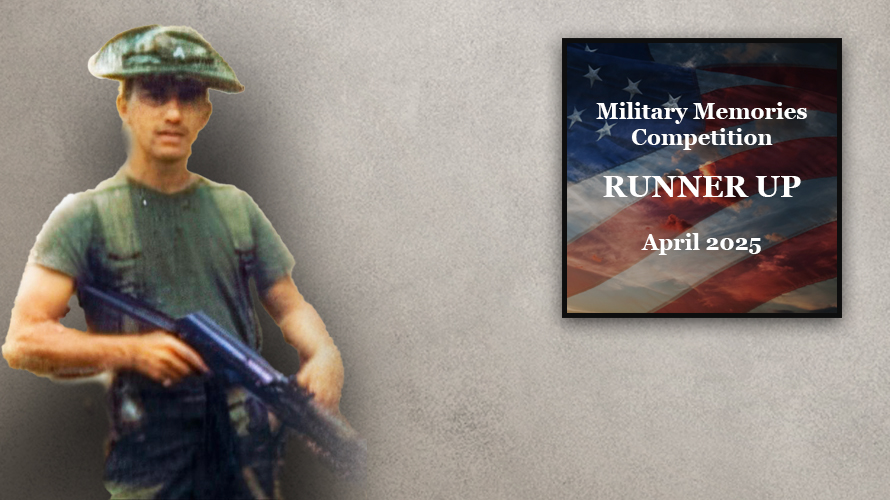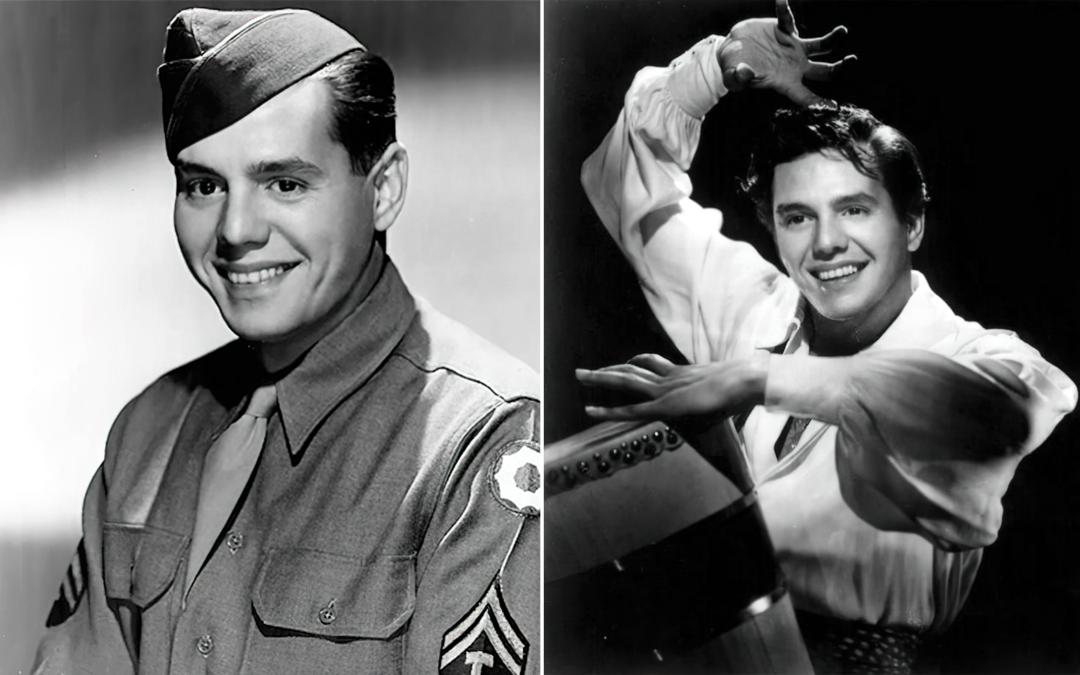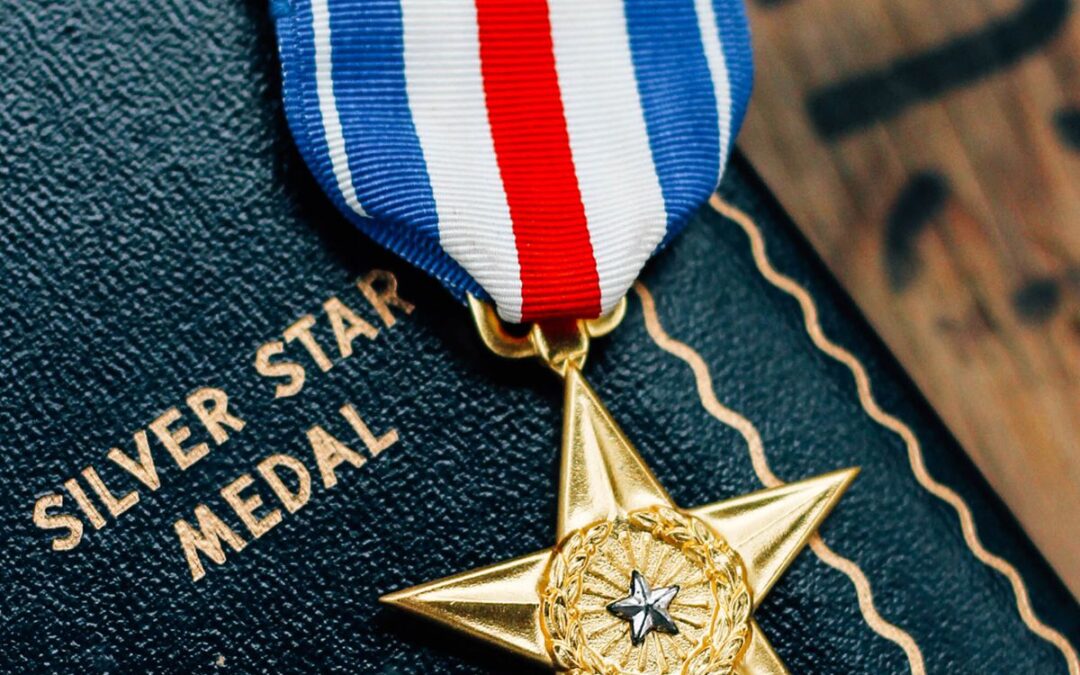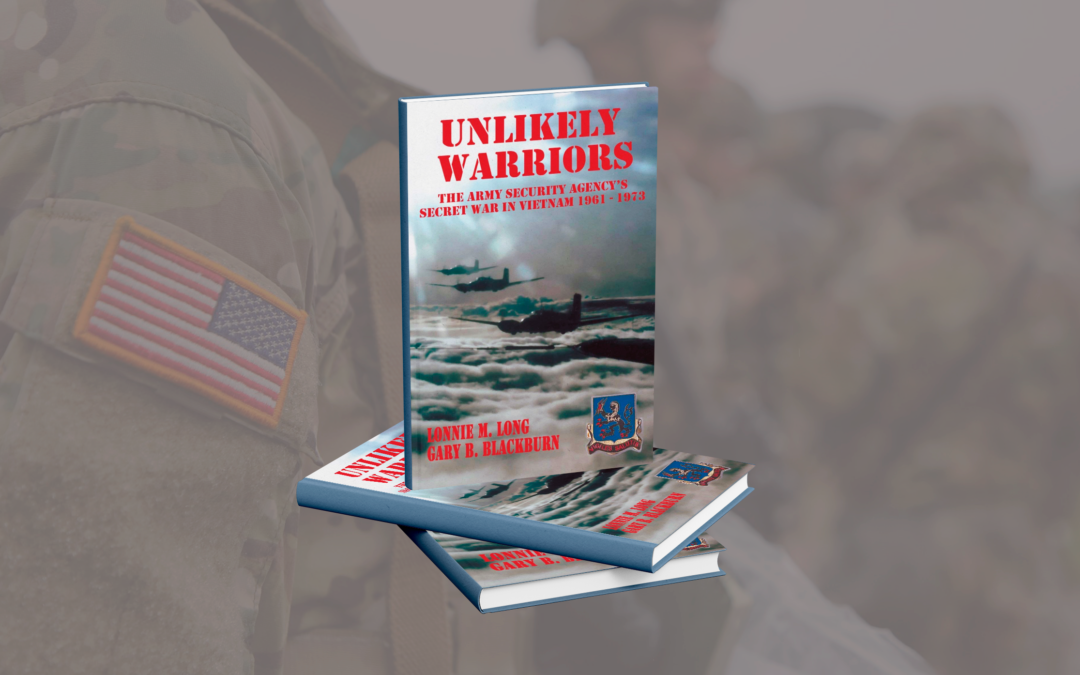Since its launch 20 years ago, Togetherweserved.com (TWS)—the leading online community of U.S. Veterans—has provided its 2.3 million members the special opportunity to not only reconnect with the people they served with but to also preserve a detailed record of their military service, including unlimited photographs. This is so their families and future generations will know what they did serving our country. In keeping with TWS’s commitment to honoring the service of every Veteran, hot off...
